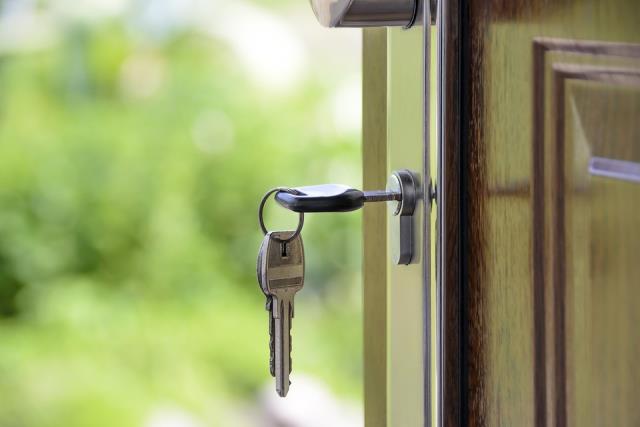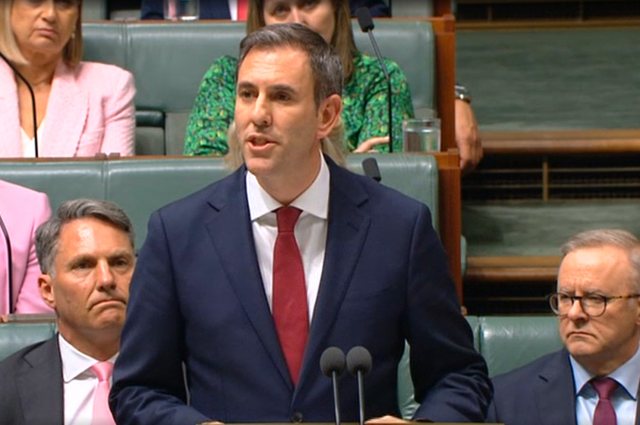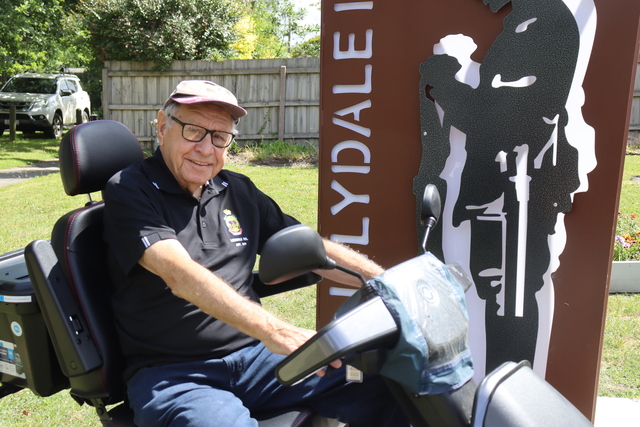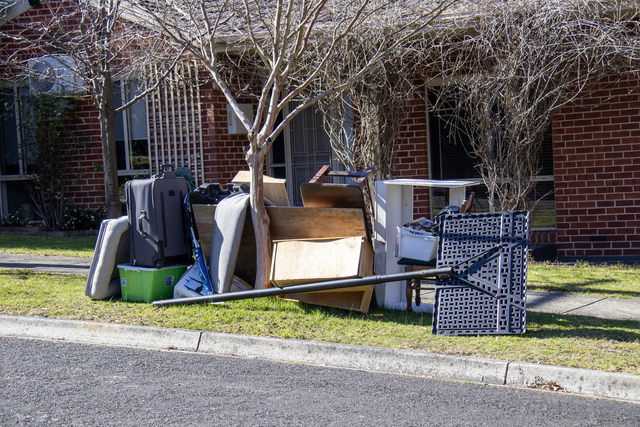The new Federal Labor government’s first budget is seeking to address major concerns over social and affordable housing.
The $10 billion Housing Australia Future Fund, the introduction of the new Housing Accord, the development of a National Housing and Homelessness Plan and the establishment of a National Housing Supply and Affordability Council are all set to be major investments in addressing Australia’s housing market.
Treasurer Jim Chalmers said the budget does more to “confront Australia’s housing problem.”
“Rents are through the roof, and many families are struggling to keep up. Supply hasn’t kept up with demand, which means too many struggle to live close to where they work,” he said.
“Too many are stuck on waiting lists for social housing and for too many, the great Australian dream of homeownership seems completely out of reach.”
The Housing Australia Future Fund will aim to provide a sustainable funding source to increase housing supply and improve service delivery, with investments from state and territory governments and private capital providers.
The fund should provide 20,000 new social housing dwellings, 4,000 of which will be allocated to women and children impacted by family and domestic violence and older women at risk of homelessness. It will also provide 10,000 new affordable housing dwellings, including for frontline workers.
Industry superannuation fund HESTA CEO Debby Blakey said access to affordable housing near where they worked was critical for HESTA members’ long-term financial security and well-being.
“Access to housing is vitally important for our members and the health and community sector that deals with so many of the social issues that flow on from a lack of appropriate, secure housing,” she said.
“We know a lack of affordable housing is a drag on workforce productivity across the economy. A lack of secure housing also compounds the effects by negatively impacting health outcomes and reducing the ability of women and children to leave situations of family violence.”
The Government is also expanding the remit of the National Housing Infrastructure Facility to more flexibly deploy up to $575 million in unallocated funding to help unlock a projected 5,500 new social and affordable dwellings.
The Housing Accord will bring together the states and territories, the Australian Local Government Association, investors and representatives from the construction sector together with an aspirational target of one million new, well-located homes over 5 years from mid-2024 as capacity constraints are expected to ease.
Community Housing Industry Association chief executive Wendy Hayhurst said the policy was the most important social and affordable housing announcement in more than a decade.
“Australian housing is in crisis and requires a bold, robust response. This initiative is a huge stride forward,” she said.
“The Commonwealth is not only investing a substantial sum, it is also spurring the states and institutional investors to get involved while helping coordinate the effort. This gives community housing providers confidence and certainty and will enable the expansion of the sector to meet the housing needs of lower income Australians.”
$350 million will be provided by the government under the Accord over 5 years, with ongoing availability payments over the longer term, to deliver an additional 10,000 affordable dwellings. States and territories will also support up to an additional 10,000 affordable homes, increasing the dwellings that can be delivered under the Accord to 20,000.
The National Housing and Homelessness Plan will involve close consultation with the states and territories that will underpin the development of the Plan and set out key reforms needed to make it easier to buy a home or rent and to put a roof over the heads of more homeless Australians.
National campaign for real housing solutions Everybody’s Home spokesperson Kate Colvin welcomed the package.
“Homelessness is increasing and Australian families with full-time breadwinners are living in tents right now. People being able to afford to live near where they want to work is crucial for the economy and society more broadly,” she said.
“This shapes as the breakthrough Australians need to break the vicious cycle of soaring rents, high inflation and unaffordable housing.”
$46.2 million to the Defence Home Ownership Assistance Scheme, the delivery Help to Buy shared equity scheme and Regional First Home Buyer Guarantee and introduction of incentives for pensioners to downsize have all also been announced to address the housing market and help Australians find homes.








